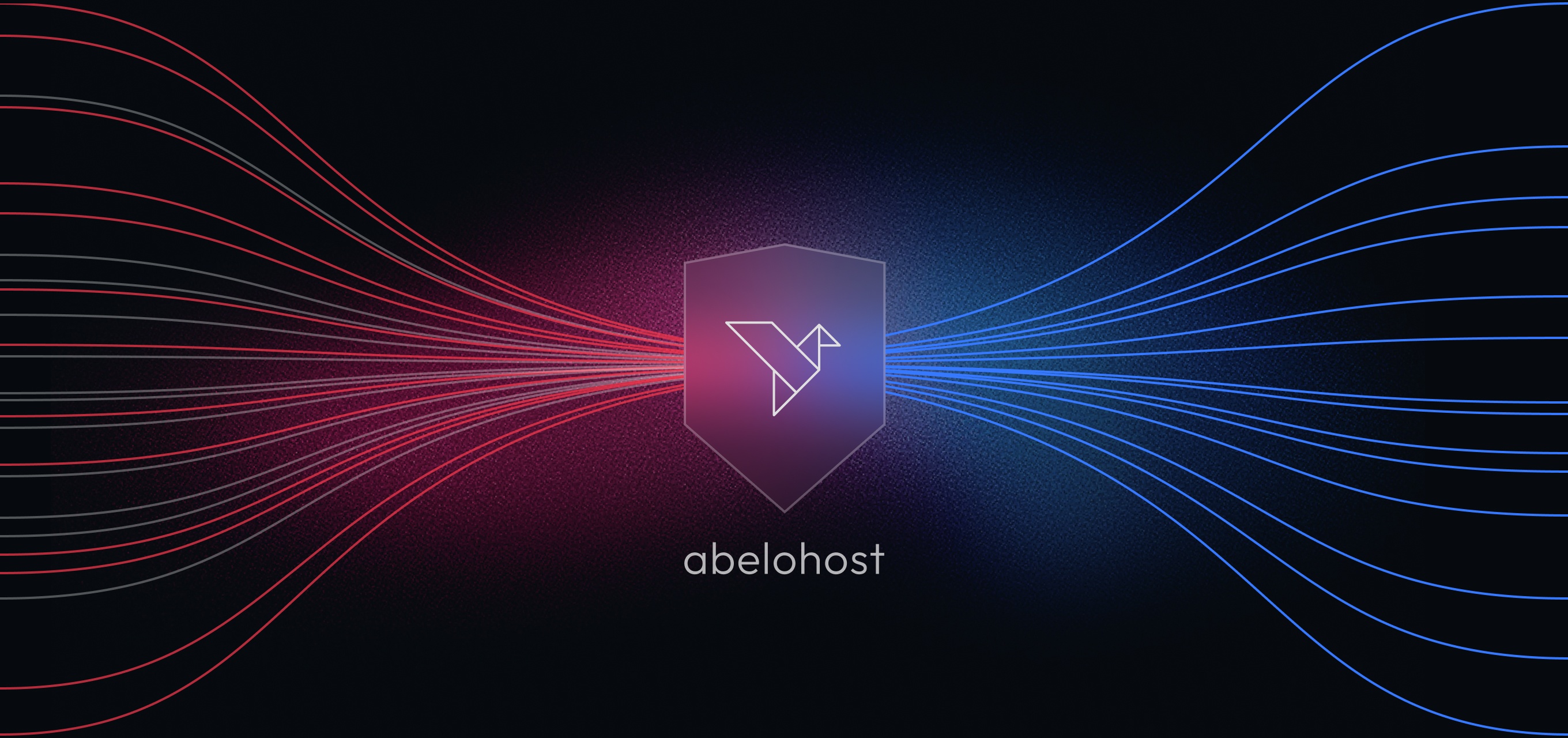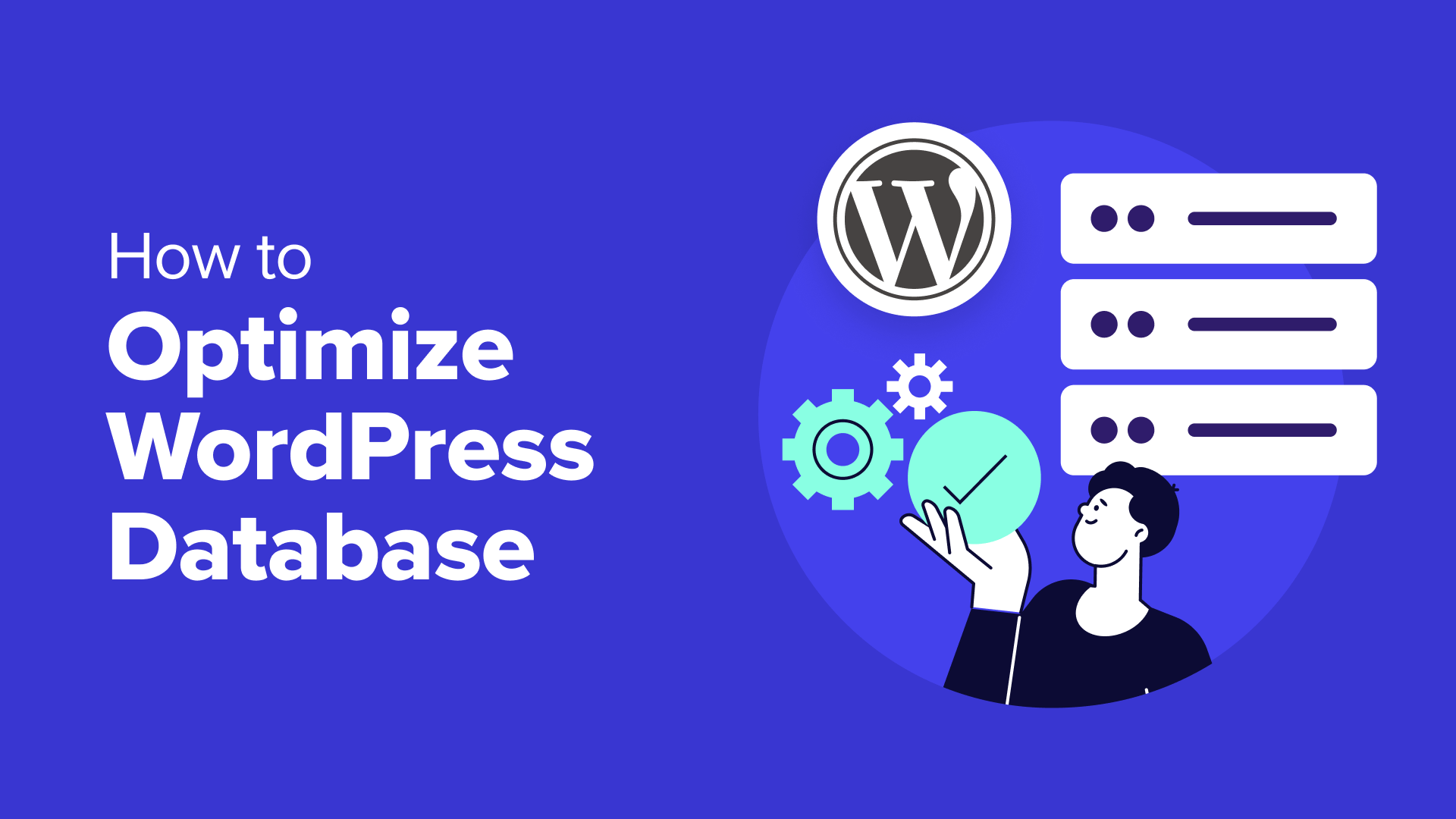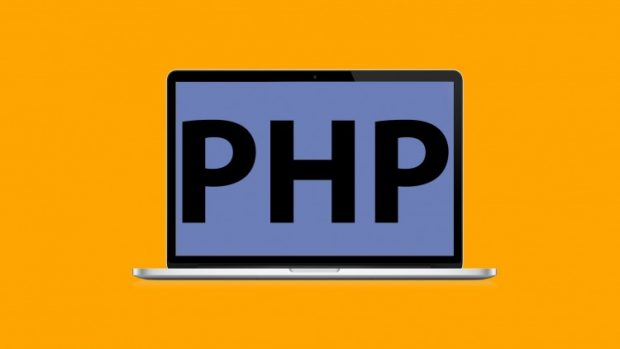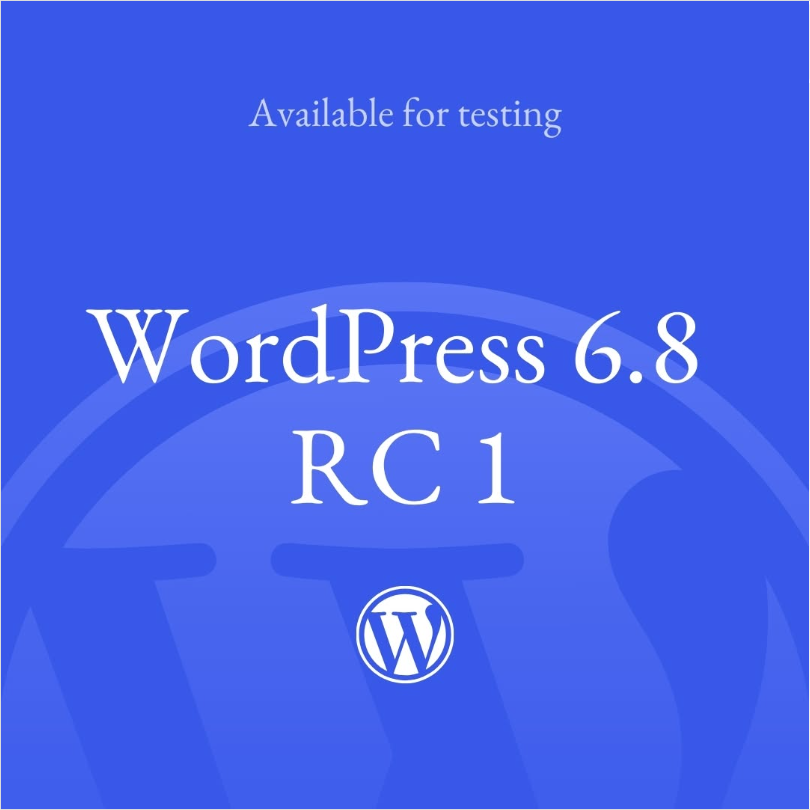The loading speed of your website is very important, a slow loading WordPress website will not only make visitors impatient, but will also have a direct impact on SEO rankings, user experience and conversion rates. If your website loads slowly, you may not only lose potential customers, but also have a negative impact on your brand image.
![Images[1] - How to Optimize WordPress Website Load Speed: A Practical Guide to Improve User Experience, SEO Rankings & Conversions](http://gqxi.cn/wp-content/uploads/2024/12/20241202135948610-image.png)
This post will explore in detail Common Reasons Why WordPress Websites Load Slowly, and provide effective solutions that enable you to optimize website performance and improve loading speeds.
First, why is WordPress website speed so important?
A slow WordPress website can have the following negative effects on user experience and business:
1. User experience
- Bounce Rate Increases: Visitors are usually only willing to wait 2-3 seconds. If the site loads slowly, they may leave immediately and look for other options.
- Decline in user satisfaction: Slow loading speeds can give the impression that the site is unprofessional and poorly maintained.
2. Search engine rankings
- Google Prioritizes Websites for Fast Loading: According to Google's Page Experience algorithm update, page load speed is an important factor in search rankings.
- SEO Affected: Slow sites are more likely to lose exposure to search engines.
3. Conversion rates
- High shopping cart abandonment rate: For e-commerce sites, loading speed directly affects the smoothness of the checkout process, and slow loading may cause users to interrupt the shopping process.
- Reduced conversion rates: Faster loading speeds increase user trust, which drives more conversions.
4. Brand reputation
- Impression of unprofessionalism: A slow website will appear to lack technical support.
- Loss of user trust: Especially if you provide digital services, website speed is a direct reflection of your expertise.
Second, WordPress website loading speed slow common causes and solutions
1. NotOptimized imagesand the media
![Images[2] - How to Optimize WordPress Website Load Speed: A Practical Guide to Improve User Experience, SEO Rankings & Conversions](http://gqxi.cn/wp-content/uploads/2024/12/20241202111618611-image.png)
concern: Image files that are too large or not compressed can significantly increase page load times, especially when all images are loaded at the same time.
prescription::
- compressed image: Use tools such as Smush,ShortPixel maybe TinyPNG Reduce image file size.
- Using the WebP Format: through plug-ins such as WebP Express Convert image formats for faster loading.
- start usingdelayed loading: Install plug-ins such as a3 Lazy Load, which loads only when the image comes into the user's view.
2. Too many plug-ins or not optimized
concern: Too many plugins or poorly written plugins can increase HTTP requests and lead to longer loading times.
prescription::
- Review of plug-ins: Check the plugin list regularly and remove unnecessary plugins.
- Selection of efficient plug-ins: Use Query Monitor and other tools to identify plugins with high performance consumption.
- Multi-function plug-in replacement: Replace multiple single-function plug-ins with a single multi-function plug-in. For example.utilization WP Rocket Manage both caching and file optimization.
3. Heavy themes
concern: Some complex themes contain a lot of unoptimized code, scripts andstyle sheetThis can significantly slow down the site.
prescription::
- Use lightweight themes: Choose a high-performance theme, such as Astra, GeneratePress or OceanWP.
- Optimize theme code: Use Autoptimize Shrink and merge CSS and JavaScript files.
4. NotEnable Caching
![Images[3] - How to Optimize WordPress Website Load Speed: A Practical Guide to Improve User Experience, SEO Rankings & Conversions](http://gqxi.cn/wp-content/uploads/2024/12/20241202134511930-image.png)
concern: Not having a cache causes the server to dynamically generate pages for each visitor, which increases load times.
prescription::
- Installing the Cache PluginAs WP Rocket,W3 Total Cache maybe WP Super CacheThe
- Enabling server-side caching: Contact your hosting provider to ensure that server-side caching is enabled.
- Configuring the Browser Cache: WillStatic resources(e.g., images, CSS, and JavaScript) are stored in the user's browser.
5. trusteeshipServer inefficiencies
concern: Low-cost shared hosting has limited resources to cope with the demands of high-traffic or complex websites.
prescription::
- Upgrade Hosting Program: Upgrade from shared hosting to VPS or dedicated hosting.
- Using the Managed WordPress Service: These services provide a specially optimized environment for WordPress websites.
6. Code not optimized
![Image[4] - How to Optimize WordPress Website Load Speed: A Practical Guide to Improve User Experience, SEO Ranking & Conversions](http://gqxi.cn/wp-content/uploads/2024/12/20241202134935910-image.png)
concern: Uncompressed CSS, JavaScript, or HTML files increase load times, and unused code increases server load.
prescription::
- Shrinking the file: through plug-ins such as Autoptimize Shrink CSS, JS and HTML files.
- Asynchronous loading of JavaScript: Use
asyncmaybedeferAttribute delayed loading of unnecessary scriptsThe - Remove unused code: Periodically review and clean up unused codes.
7. Lack of a content delivery network (CDN)
![Image[5] - How to Optimize WordPress Site Load Speed: A Practical Guide to Improve User Experience, SEO Rankings & Conversions](http://gqxi.cn/wp-content/uploads/2024/12/20241202135407697-image.png)
concern: No.Using a CDN can result in increased latency for remote users accessing content.
prescription::
- Using a CDN ServiceAs Cloudflare,StackPath maybe BunnyCDNThe
- correct configuration: Ensure that the CDN is optimized for both static and dynamic content.
8. Database not optimized
![Image [6] - How to Optimize WordPress Website Load Speed: A Practical Guide to Improve User Experience, SEO Ranking & Conversions](http://gqxi.cn/wp-content/uploads/2024/12/20241202135448756-image.png)
concern: Redundant data, spam comments and revisions add to the database load.
prescription::
- Cleaning up the database: Use WP-Optimize Tools such as remove spam comments, revisions, and transient data.
- Limit revisions: By
wp-config.phpLimit the number of revisions per article:
define('WP_POST_REVISIONS', 5).Third, how to diagnose and monitor the loading speed of a WordPress website?
1. Using performance testing tools
- Google PageSpeed Insights: Detect key metrics such as LCP (maximum content painting) and CLS (cumulative layout shift).
![Image [7] - How to Optimize WordPress Website Load Speed: A Practical Guide to Improve User Experience, SEO Rankings & Conversions](http://gqxi.cn/wp-content/uploads/2024/12/20241202113240394-image.png)
- GTmetrix: Generate waterfall graphs to see which resources are loading slowly.
![Image [8] - How to Optimize WordPress Website Load Speed: A Practical Guide to Improve User Experience, SEO Rankings & Conversions](http://gqxi.cn/wp-content/uploads/2024/12/20241202113310404-image.png)
- Pingdom Tools: Analyze page size, number of requests, and provide location-based test results.
![Image[9] - How to Optimize WordPress Website Load Speed: A Practical Guide to Improve User Experience, SEO Ranking & Conversion Rates](http://gqxi.cn/wp-content/uploads/2024/12/20241202113335364-image.png)
2. OngoingPerformance Monitoring
- utilization UptimeRobot Monitor the status of server operation.
- leverage Google Analytics Evaluating the impact of load time on user behavior.
IV. Summary
Optimizing the loading speed of your WordPress website is key to improving user experience, SEO rankings and conversions. By addressing common issues such as image optimization, caching, hosting, code, and regularly monitoring the status of your site with performance testing tools, you can significantly improve your site's performance.
Want to speed up your WordPress site? Act now and visitPhoton fluctuation networkThe best user experience is provided!
Link to this article:http://gqxi.cn/en/28572The article is copyrighted and must be reproduced with attribution.


























![Emoji[jingya]-Photonflux.com | Professional WordPress repair service, worldwide, rapid response](http://gqxi.cn/wp-content/themes/zibll/img/smilies/jingya.gif)






No comments